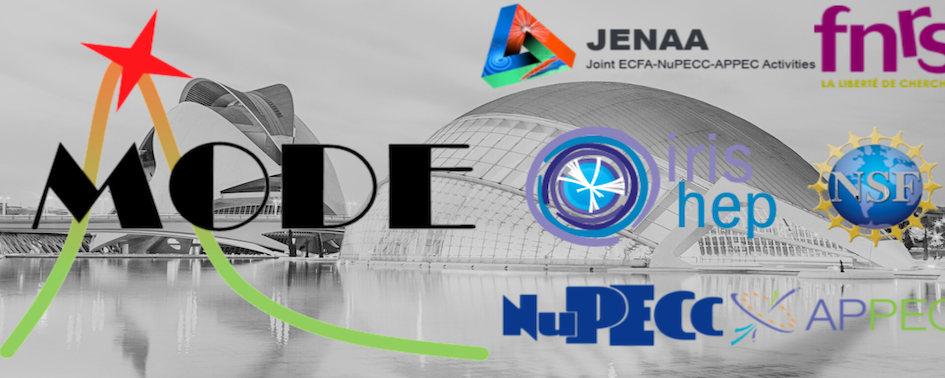Conveners
Medical Physics
- Gabriela Llosá (Instituto de Física Corpuscular (IFIC) (CSCI-UV))
Positron Emission Tomography (PET) is a functional imaging technique in nuclear medicine in which a radioactive tracer is injected into the patient to examine metabolic and physiological processes. Reducing the radiation dose to the patient is desirable and can be achieved by administering lower amounts of radiotracer. However, low-dose examinations result in increased noise level in the...
Objective: One of the mayor challenges in positron emission tomography (PET) is to increase system efficiency without sacrificing spatial resolution. Including the contribution of inter-crystal scatter (ICS) events during image reconstruction is one way of achieving this aim, provided a method for estimating the primary photon path in such events is available. The IRIS group (IFIC, Valencia)...
Accurate timing characterization of radiation events is crucial in nuclear medicine, particularly for Positron Emission Tomography (PET). In PET, achieving a good coincidence resolving time (CRT) between detector pairs enhances the Time-of-Flight (TOF) information for each detected coincidence, which significantly improves the signal-to-noise ratio of the images. This study introduces a method...
The application of neural networks in medical physics has shown significant promise in improving imaging techniques and treatment verification. The IRIS group of IFIC (Valencia) is an expert in developing Compton cameras for medical applications. The group employs neural networks to enhance the performance of such devices in different aspects. This work summarizes three key research studies...
